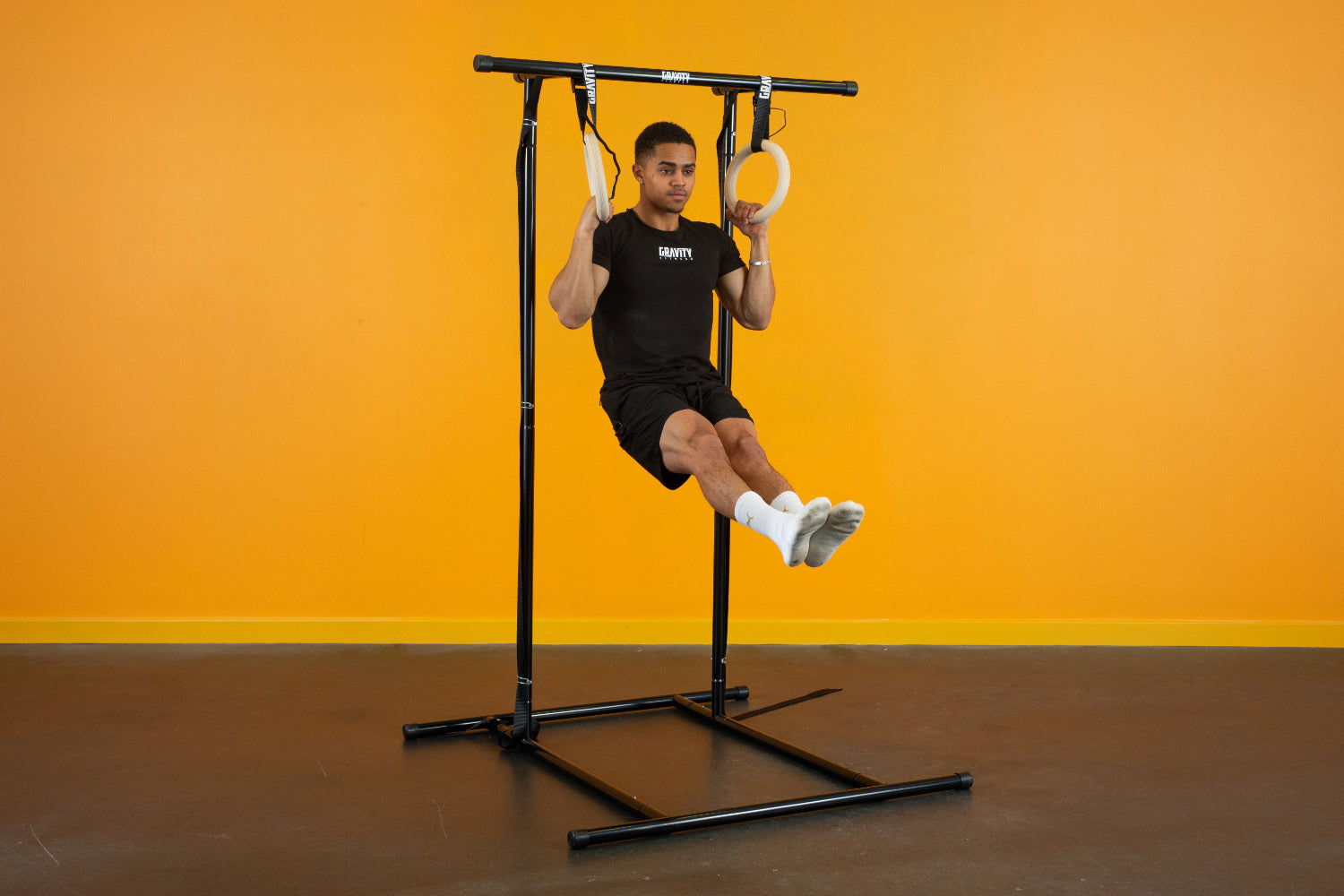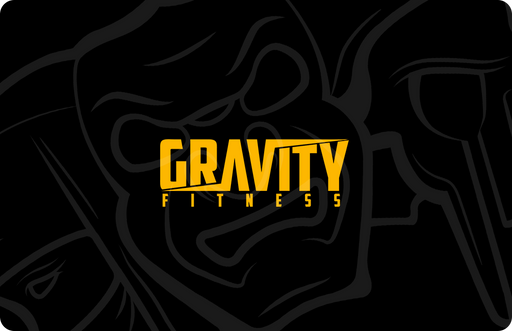
5 Fundamental Calisthenics Movements To Master In January
5 Fundamental Calisthenics Movements To Master In January
With a New Year come new goals and new directions – you might be starting with Calisthenics for the first time, or you’re just looking to keep on top of the fundamentals. Whatever your current Cali level, you need to keep your basics strong and solid in order to push on up that Calisthenics mountain.
One of the most important facets of starting (or staying) strong with Calisthenics and keeping on top of those harder skills, is to keep revisiting the fundamentals. Calisthenics needs the basic foundation to be solid before any progression can take place, not only to make sure you have the required muscle and connective tissue strength, but also to make sure you are working in the safest and most efficient ways to prevent injury. Calisthenics movements are strenuous on the body and it’s tissues, but with keeping those fundamentals on point and solid from the outset, you are setting yourself up to conquer your goals from the ground up.
With all that in mind we are going to cover five of the most important movements or movement categories in Calisthenics to keep that well rounded base, and to use as a great jumping on point;
Upper Push
Push Ups – One of, if not the most, accessible and easily progressive compound push exercises out there, the push up is a great fundamental to learn and master. With the Push Up we are mostly working the muscles in the Anterior chain (the front side) of the body. We work the Chest, Serratus Anterior, Core, Obliques, Shoulders, Wrists, Glutes and Scapulae. The Push Up is all about linking all the muscles through the Anterior chain - I like to think about it like pulling a chain from each end and all the links lock in, making a solid line and sealing up any gaps. Solid muscle engagement through the whole body is surprisingly difficult to master, and the Push Up enforces good form, correct Hip elevation and Wrist strength for more advance Cali push work. We can alter grips to work slightly different muscles and add elevation through the feet to advance the exercise, making it easy to track and scale for progressive overload.
Upper Pull
Pull Ups – The most well known and solid base for pull exercises in Calisthenics, the Pull Up involves muscles through the Posterior (the back side of the body) chain. The Scapulae, Traps, Lats, Delts and Rhomboids providing the foundation to build muscle through the back, helping with posture and grip strength as added bonuses. The Pull Up teaches us solid engagement through the Posterior chain and provides a solid foundation for more advanced skills such as muscle ups and levers. The Pull Up can also be scaled, and change which muscles are being worked simply by adjusting grip. We can also add weight using a weight vest, to add difficulty and make sure we can track it easily. All you need is a horizontal bars or sets of rings.
Shop Gravity Portable Pull up Bar
Skills
False Grip + L-Sit – The False grip on the rings is the most important facet to work on in order to progress those gymnastic ring movements. Not only does it strengthen connective tissue through the wrist, but it’s a linking piece as well. The False Grip allows us to string skills together and build strength all at once, particularly with our grip. We can use the False Grip to connect our wrists solidly into either our Posterior or Anterior chain, keeping that solid full body tension. There’s plenty of material out there to master the False Grip. Check out the Gravity Fitness Youtube False Grip tutorial for more info!
The L-Sit is another transition piece in the long run to allow us to work on Press to Handstand, Stalder Press, Planche and other more advanced Calisthenics skills. The L-Sit, allows us to build core, compression and straight leg strength by promoting full body tension at 90 degrees. Just keep thinking of that L shape, and pushing the ground away from you as hard as you can, and remember to shift your centre of mass backwards so you can hold that elevation and lift. You can either work from the floor or Parallettes for this fundamental skill.
Lower Push
Single leg Squats + Plyometrics – Anything from Split Squats and Lunges, to Pistol Squats and Dragon Squats, single leg Squats have a little something for everyone, from the beginner to the advanced athlete. Using single sided, or unilateral, leg work allows us to make sure we keep both legs well strengthened and stops us from developing muscular imbalance. With single leg push work, we are working the glutes, quads, vastus medialis, ankle mobility, muscle twitch reaction speed (i.e. the speed with which muscle engages) and strengthening the connective tissue around the knees. Using Plyometrics and ballistic training i.e. jumping or springing allows us to build connective tissue strength, reaction speed, strength and power. We can use Jump Squats, Single leg Hops, Broad Jumps or High Knees to build that Plyometric strength. You can add a weight vest for extra difficulty too!
Lower Pull
Nordics – The single best bodyweight exercise for building hamstring and glute strength, as well as being a foundation of true leg strength. The Nordic tests our full body engagement and connective tissue strength to the max! You can scale this exercise by how much you hinge your hips when coming down towards the floor in that Nordic position. Make sure you do your due diligence and warm up the hamstrings and glutes thoroughly as this is a tough one all round! Make sure your ankles and lower legs are secure before attempting this exercise too.
We would love to see your fundamentals training, and to see your progress! Just tag us @gravity.fitness on IG! Show us what you’re made of!










































